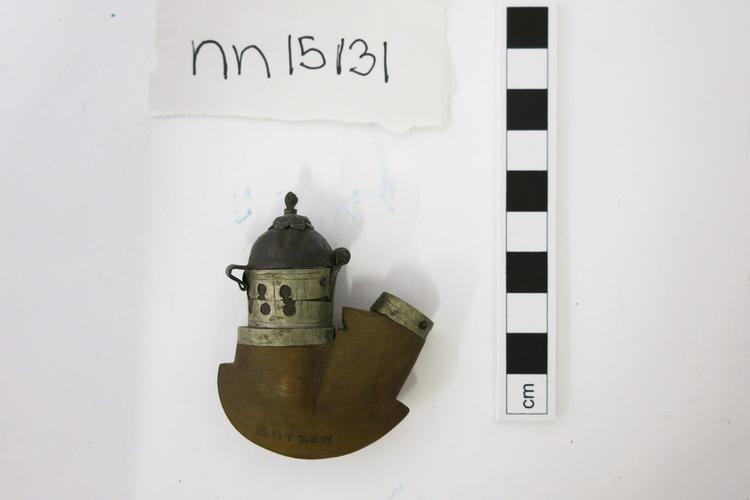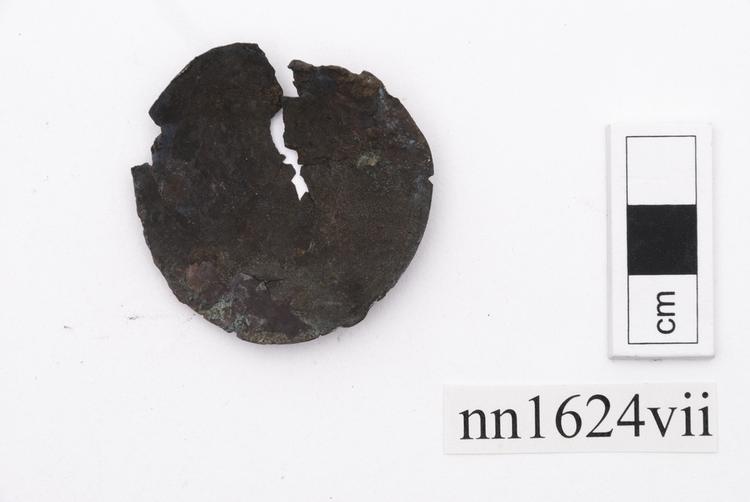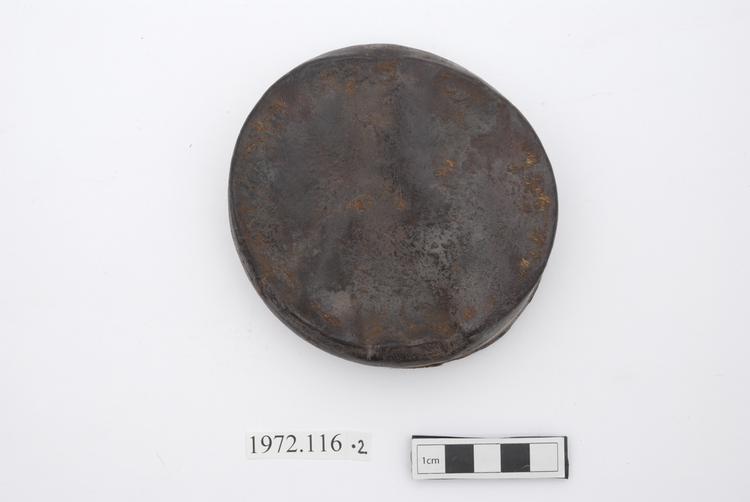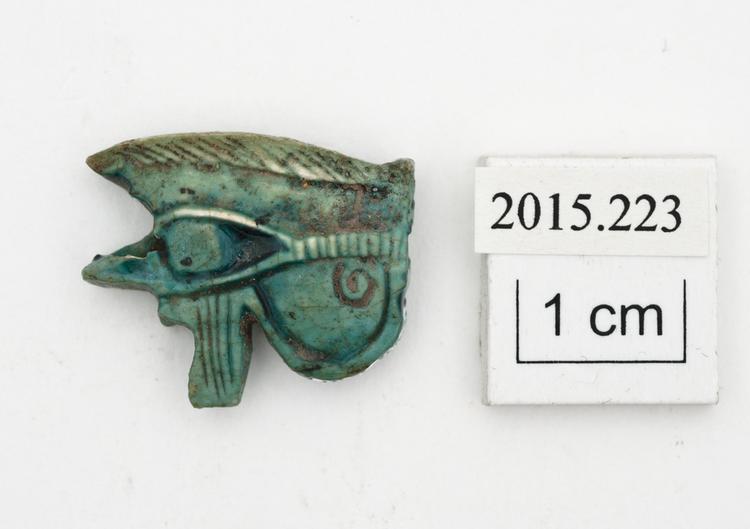
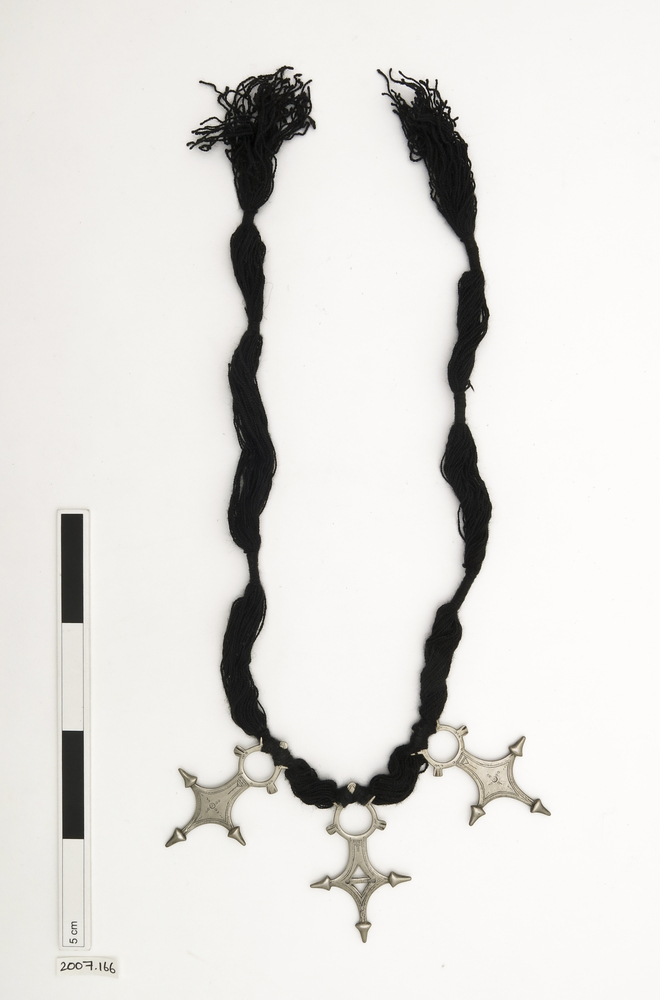
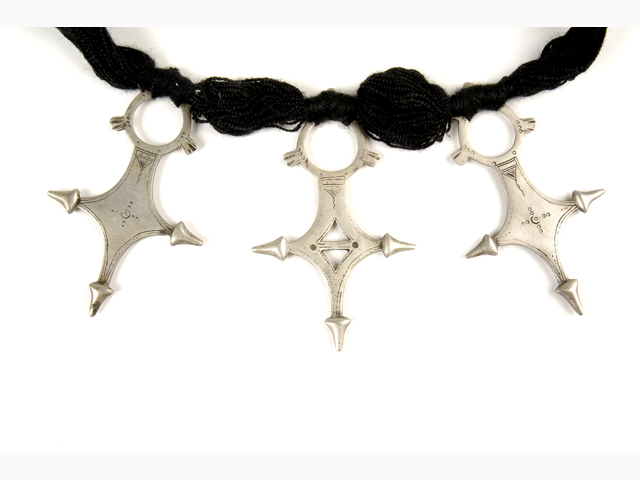
Necklace made from three crosses attached to black cotton strings. The three silver pendants were made by the lost-wax technique, and the Tamacheq word taneghelt means "pendant", or more specifically "cast object". There are five main "original" types of these "croix":
1. Zinder - conical shaped base (see 2007.169)
2. Agadez - "cross" with 3 arms/square with concave sides and knobbed edges
3. Tahoua – as Agadez though with 2 triangular and two small round holes in
the middle of the "cross" (see No. 67 D)
4. Iférouane – see No. 67 C)
5. In Gall – see No. 68. Although this is ranked among the Croix-pendants, it is
not made by the lost-wax technique.
These 5 types have several variants (about 25), which can be bought in a
specially collectors box, and from time to time new crosses are invented, such as
the croix de Mano Dayak (one of the celebrated main Tuareg rebel leaders who
died in a plane crash in 1995).
The pendants of this necklace are two croix d'Agadez (left and right) and one croix de Tahoua (centre).
Language note: Taneghelt is also called zakkat in southern Niger. The name of the croix d'In Gall in Tamacheq is tanfek. Probably the naming of crosses after geographical regions began during the colonial period (> acc. to W. Creyaufmüller 1983).




